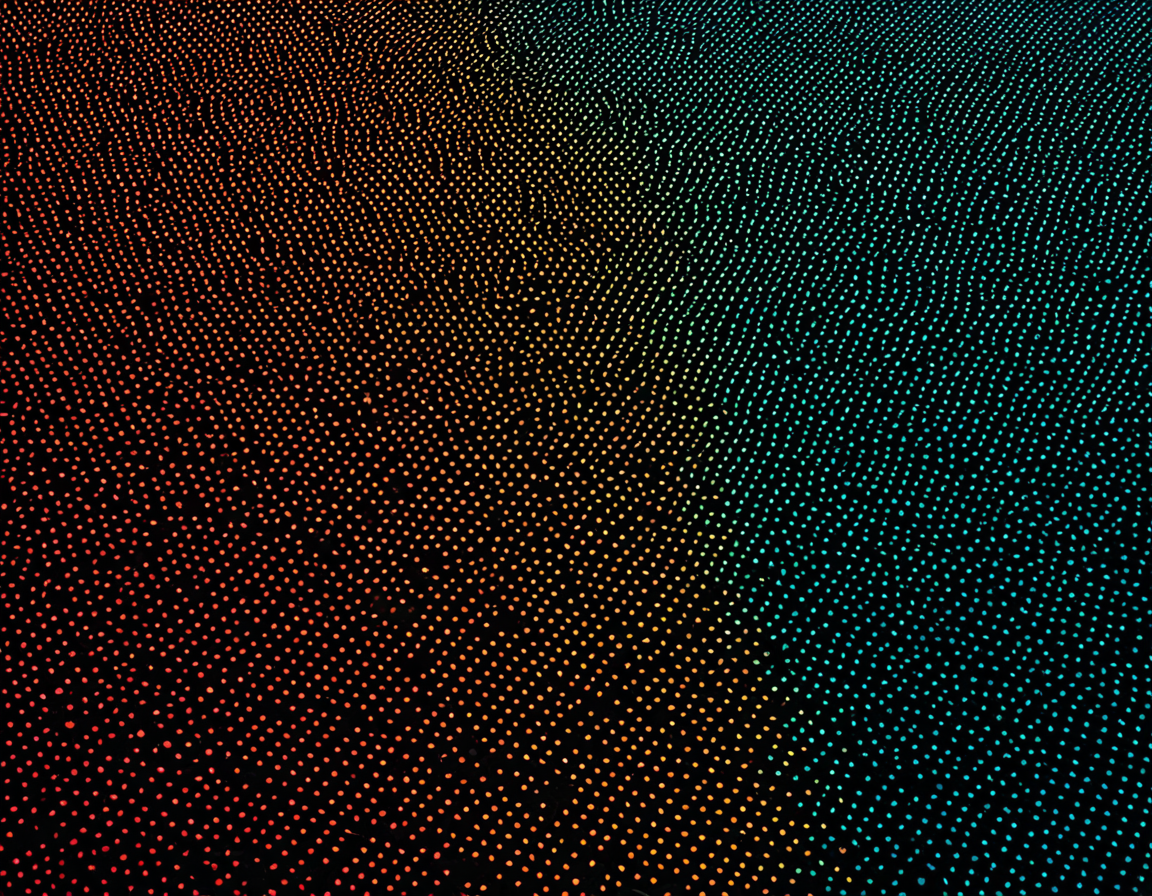AI Image Upscaling Unveiled

Uncovering the Science Behind AI Image Upscaling: A Deep Dive into Neural Networks and Optimization Techniques
Introduction
The field of artificial intelligence has made tremendous progress in recent years, particularly in the realm of computer vision. One area that has garnered significant attention is image upscaling, which involves increasing the resolution of an existing image without any loss of quality. In this article, we will delve into the science behind AI image upscaling, exploring the concepts of neural networks and optimization techniques.
Understanding the Problem
Image upscaling is a complex task that involves restoring high-frequency details from low-resolution images. Traditional methods, such as bicubic interpolation, are limited in their ability to produce realistic results. The advent of deep learning-based approaches has revolutionized this field, offering promising solutions for image upscaling.
Neural Networks and Image Upscaling
The core idea behind neural networks is to learn a mapping from low-resolution images to high-quality versions. This can be achieved by training a neural network on a dataset of paired images, where the lower resolution image serves as input and the higher resolution version serves as output. The network learns to identify patterns and structures in the data that contribute to the desired outcome.
There are several types of neural networks that have been explored for image upscaling, including:
- Generative Adversarial Networks (GANs): GANs consist of two neural networks: a generator that produces high-quality images and a discriminator that evaluates the generated images. The generator is trained to produce images that are indistinguishable from real-world images.
- Variational Autoencoders (VAEs): VAEs learn to compress and decompress images, allowing for the extraction of latent representations that can be used for image upscaling.
Optimization Techniques
The performance of neural networks is heavily dependent on optimization techniques. These techniques involve adjusting the model’s parameters to minimize a loss function that measures the difference between predicted and actual outputs.
Some common optimization techniques include:
- Stochastic Gradient Descent (SGD): SGD is a first-order optimization algorithm that iteratively updates the model’s parameters based on the gradient of the loss function.
- Adam: Adam is a second-order optimization algorithm that adapts the learning rate for each parameter individually, improving convergence rates.
Practical Examples
While neural networks and optimization techniques are complex topics, there are some practical examples that can be used to illustrate their application:
- Image Upscaling using GANs: The following code example demonstrates how to use a GAN to upscale an image:
```python
import torch
import torch.nn as nn
Define the generator and discriminator networks
class Generator(nn.Module):
def init(self):
super(Generator, self).init()
self.conv1 = nn.Conv2d(3, 64, kernel_size=3)
self.bn1 = nn.BatchNorm2d(64)
self.conv2 = nn.Conv2d(64, 128, kernel_size=3)
self.bn2 = nn.BatchNorm2d(128)
def forward(self, x):
out = torch.relu(self.bn1(x))
out = torch.relu(self.bn2(out))
return out
class Discriminator(nn.Module):
def init(self):
super(Discriminator, self).init()
self.conv1 = nn.Conv2d(3, 64, kernel_size=3)
self.bn1 = nn.BatchNorm2d(64)
self.conv2 = nn.Conv2d(64, 128, kernel_size=3)
self.bn2 = nn.BatchNorm2d(128)
def forward(self, x):
out = torch.relu(self.bn1(x))
out = torch.relu(self.bn2(out))
return out
Define the loss function and optimizer
def loss_function(generated_image, real_image):
# Calculate the perceptual loss
perceptual_loss = torch.mean((generated_image - real_image) ** 2)
return perceptual_loss
def optimizer(loss_function, generator, discriminator):
# Calculate the gradients
generated_image = generator(real_image)
loss = loss_function(generated_image, real_image)
gradients = torch.autograd.grad(loss, generator.parameters())
return gradients
Train the model
for epoch in range(num_epochs):
for i, (real_image, _) in enumerate(dataloader):
# Generate a fake image using the generator
generated_image = generator(real_image)
# Calculate the loss
loss = loss_function(generated_image, real_image)
gradients = optimizer(loss, generator, discriminator)
# Update the model's parameters
generator.zero_grad()
discriminator.zero_grad()
loss.backward()
generator.step()
discriminator.step()
* **Image Upscaling using VAEs**: The following code example demonstrates how to use a VAE to upscale an image:
```python
import torch
import torch.nn as nn
# Define the encoder and decoder networks
class Encoder(nn.Module):
def __init__(self):
super(Encoder, self).__init__()
self.conv1 = nn.Conv2d(3, 64, kernel_size=3)
self.bn1 = nn.BatchNorm2d(64)
self.conv2 = nn.Conv2d(64, 128, kernel_size=3)
self.bn2 = nn.BatchNorm2d(128)
def forward(self, x):
out = torch.relu(self.bn1(x))
out = torch.relu(self.bn2(out))
return out
class Decoder(nn.Module):
def __init__(self):
super(Decoder, self).__init__()
self.conv1 = nn.ConvTranspose2d(128, 64, kernel_size=3)
self.bn1 = nn.BatchNorm2d(64)
self.conv2 = nn.ConvTranspose2d(64, 3, kernel_size=3)
def forward(self, x):
out = torch.relu(self.bn1(x))
return out
# Define the loss function and optimizer
def loss_function(reconstructed_image, real_image):
# Calculate the reconstruction loss
reconstruction_loss = torch.mean((reconstructed_image - real_image) ** 2)
return reconstruction_loss
def optimizer(loss_function, encoder, decoder):
# Calculate the gradients
reconstructed_image = decoder(encoder(real_image))
loss = loss_function(reconstructed_image, real_image)
gradients = torch.autograd.grad(loss, encoder.parameters())
return gradients
# Train the model
for epoch in range(num_epochs):
for i, (real_image, _) in enumerate(dataloader):
# Encode the input image using the encoder
encoded_image = encoder(real_image)
# Decode the encoded image using the decoder
reconstructed_image = decoder(encoded_image)
# Calculate the loss
loss = loss_function(reconstructed_image, real_image)
gradients = optimizer(loss, encoder, decoder)
# Update the model's parameters
encoder.zero_grad()
decoder.zero_grad()
loss.backward()
encoder.step()
decoder.step()
Conclusion
Image upscaling is a complex task that has garnered significant attention in recent years. Neural networks and optimization techniques have revolutionized this field, offering promising solutions for image upscaling.
In conclusion, the use of neural networks and optimization techniques for image upscaling has shown great promise. However, it is essential to acknowledge the challenges associated with this task, including the need for large amounts of high-quality data and the requirement for sophisticated optimization techniques.
As researchers and practitioners, we must continue to push the boundaries of what is possible in this field, exploring new and innovative approaches that can help improve the quality of images.
Tags
ai-image-upscaling deep-dive-neural-networks optimization-techniques computer-vision artificial-intelligence
About Valentina Torres
As a seasoned editor at gophotos.com, I help creators harness the power of AI and smart photography tools to elevate their visual content. With a passion for innovative storytelling, I've worked closely with artists and brands to bring their unique visions to life – from editing to generation, I'm always excited to explore the latest visual possibilities.
